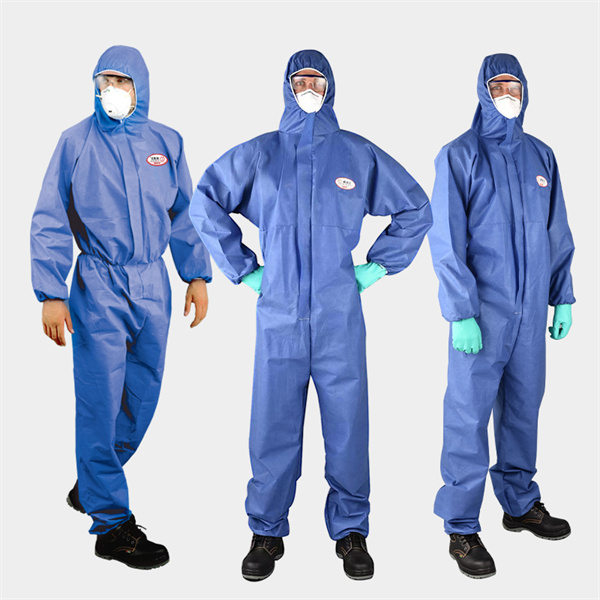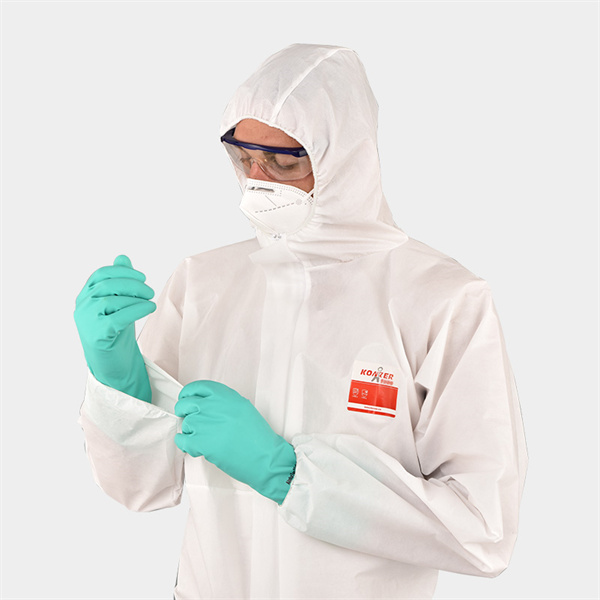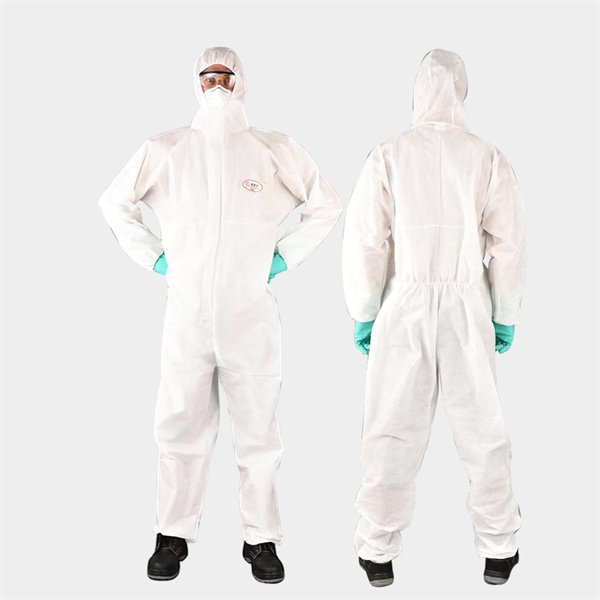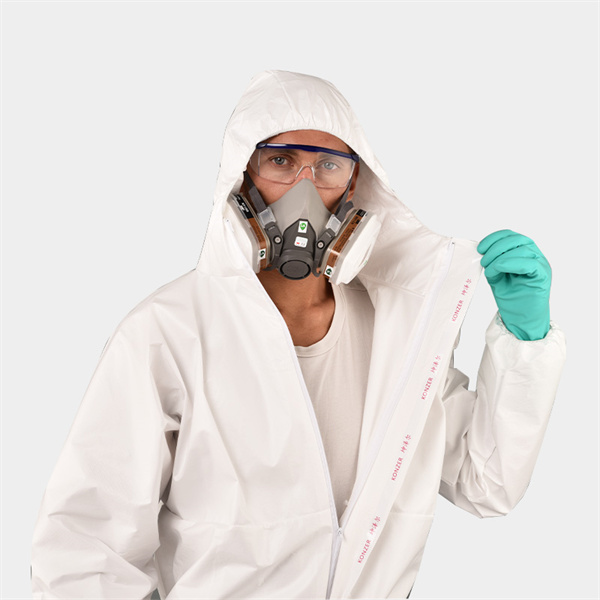Chemical protective clothing is widely used in the fields of chemical engineering, firefighting, metallurgy, and hazardous chemical rescue. Due to the unique working environment, it is easy to cause chemical resistant clothing to be attached to chemicals or toxic substances, posing a safety hazard to users. Hebei Nuoan Technology suggests that the used chemical protective clothing must be immediately disinfected and cleaned by professionals in designated areas for easy reuse.
The cleaning and disinfection of chemical resistant clothing can be divided into two stages: disinfection, cleaning, or fumigation. The disinfection of chemical resistant clothing is the most crucial step to ensure personnel safety. It is used to remove or neutralize toxic substances on chemical protective clothing through physical or chemical methods. The reason why chemical protective clothing needs to be disinfected and cleaned in the first time is because if the hazardous chemical solution stays on the surface of the clothing for a long time, it is easy to cause corrosion and damage to the material of the clothing.

There are three standard disinfection methods for chemical protective clothing:
1. Alcohol disinfection or other toxic chemical methods render pollutants inactive or toxic;
2. Using physical methods to remove pollutants, such as particulate matter;
3. Combining Method 1 and Method 2.
Because chemical fibers have adsorption properties, there will still be a small amount of chemical substances left in the fibers after disinfection. So after disinfection, the chemical protective clothing needs to be cleaned again with warm water and neutral solvent. After cleaning the chemical protective clothing, rinse it with warm water once, and then hang it vertically using a hanger. Chemical protective clothing should be hung in a well ventilated location to dry, avoiding high temperatures and strong light exposure.
The dust, most inorganic substances, and some organic substances on the surface of chemical protective clothing can be treated with detergents and wiping methods. The use of organic solvents is easier to remove organic pollutants, but during the washing process, organic solvents will penetrate into the interior of the chemical resistant clothing fabric, and local pollution will expand with the organic solvents. Therefore, we also need to use high-pressure hot air to fumigate the chemical resistant clothing. Fumigation can only target volatile pollutants to remove hazardous chemical solvents. For some special toxic and hazardous chemicals, the use of chemical protective clothing should be discontinued and treated uniformly.





